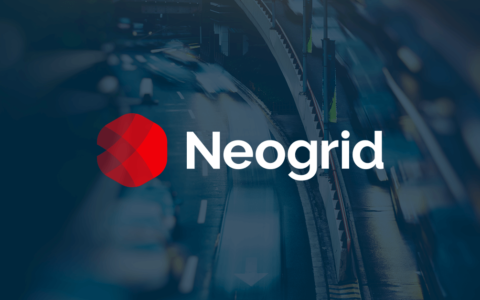
Developed as a solution for automotive manufacturers, early examples of vendor managed inventory (VMI) programs revolved around the concept that suppliers could deliver specific components at specific times in order to reduce inventory amounts and costs in the production industry.
These gains are possible because VMI utilizes four essential elements of superior supply chain management:
- Demand Management—Focuses all the participants’ efforts on the consumer’s needs, generating increased business opportunities.
- Enhanced Communication—Improves efficiency throughout the supply chain, maximizing production and performance metrics.
- Network Integration—Provides the means for transferring critical data securely.
- Collaboration—Strengthens the relationships between the participants, delivering increased knowledge and teamwork solutions that produce growth for every enterprise involved.
By working together toward a common goal, companies create a strategic procurement and replenishment model that is in itself, a proactive tool. While shared forecasting, increased collaboration and streamlined communication processes enable a quick response to changes in the market, inventory controls are optimized through automation, decreasing ownership and storage costs and the manual intervention required to maintain supply chain performance.
When conducted in accordance with the entire product stream, VMI delivers measurable improvements, increases cash flow and energizes sales. Depending on your location in the supply chain, there are explicit benefits for your enterprise resulting from the real-time transfer of information.
Competitive Advantages for Manufacturers
Since VMI enables product visibility at the point of sale, manufacturers can see which items are trending and are able to schedule line changeovers according to customer demand.
In addition, it is possible to arrange logistics in order to minimize delivery costs by collaborating with suppliers and distribution centers to ensure optimum lead times and production efficiency. Deliveries can be orchestrated to eliminate inventory shrinkage and reduce ownership costs. Maintaining this type of reliability builds customer loyalty to your brand.
A Win-Win Relationship
In-store level benefits of VMI include heightened communication. Retailers are able to orchestrate replenishments according to what’s best for the consumer, creating a win-win relationship.
As a result, retailers will experience regularly balanced inventories, due to reduced inventory shrinkage and need to safety stock. Since there is less time spent on supply chain management tasks, such as purchase orders and reconciliations, retailers can focus their efforts on implementing additional strategies to increase profits. Another major benefit of VMI is the reduction of out-of-stock occurrences – which improves overall customer satisfaction.
Today’s fluctuating global marketplace demands accurate, actionable information and reporting processes to control inventory levels. Working cooperatively throughout the supply chain with a VMI program enables companies to increase their profitability by reducing their costs of operation and eliminate wastes. And, new technologies are re-inventing the benefits and expense reductions that can be orchestrated through a comprehensive VMI program.




